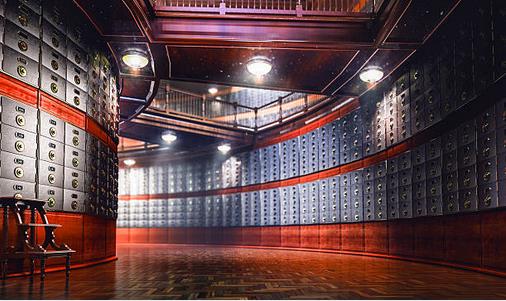
Copy Protect PDF with Site Protection Software : Secure Documents
When copy protecting PDF displayed online, one has the choice of using PDF protection software or site protection software. In both cases the PDF file is embedded on the page using an object tag to be read using a web browser. But there are some quirks to be aware of.
When using CopySafe PDF Protection software the PDF document is encrypted for display using the CopySafe PDF plugin that is shipped with ArtisBrowser. When the PDF object loads it activates the browser plugin which activates copy protection to prevent all save, copy and capture while on display.
 CopySafe PDF can be used on any web page, including those created by CMS such as WordPress, Moodle and others. In fact adding the HTML for the object tag couldn't easier with the use of the plugins that ArtistScope provide for all of the popular CMS. CopySafe PDF can be used on any type of server regardless of the programming language that assembles the web page, even on shared hosting sites.
CopySafe PDF can be used on any web page, including those created by CMS such as WordPress, Moodle and others. In fact adding the HTML for the object tag couldn't easier with the use of the plugins that ArtistScope provide for all of the popular CMS. CopySafe PDF can be used on any type of server regardless of the programming language that assembles the web page, even on shared hosting sites.
But if the website is not on a shared server and instead is a dedicated or virtual server where one has the rights to install software at system level (below the site root), then the ArtistScope Site Protection Software (ASPS) may be a better choice because ASPS will copy protect all media including the page and its data from all avenues of save, copy and print.
However PDF is the one media that can pose a problem if it is not encrypted and restricted to a proprietary viewer plugin, and that is because raw PDF is viewed in web browsers by using Adobe Reader plugins which provide options in the viewer's tool bar that can no longer be removed (thanks to Adobe cunning). But there is a workaround for raw PDF which is not overly difficult to implement.
The files stored on the website will be most securely protected when using the ArtistScope Site Protection Software (ASPS) because their location cannot be traced or extracted from page source view, browser cache or packet sniffing. The ArtisBrowser is the only web browser that should be used for copy protection online and it is the ArtisBrowser that is used to decrypt ASPS web pages and display them while ensuring that nothing can be copied in any way.
But what needs to be changed is the PDF document before it can be displayed without the usual Adobe save and copy options. To do that the PDF needs to be dissembled and then displayed on the web page as HTML by using something like the JavaScript PDF plugin. Most CMS like WordPress will have a variety of PDF plugins available. Which works for you will be the one that can hide the save, copy, print and fullscreen buttons.
Disabling fullscreen is as critical as the removal of save and print options because by viewing the PDF fullscreen, depending on the plugin's viewer, the visitor may be leaving the realm of ASPS copy protection (because the ASPS tags instructing the server to encrypt the content will not be present).
With CopySafe PDF Protection software the parameters for enabling or disabling print and remote viewing are set in the object tag that displays the embedded PDF object. With the ArtistScope Site Protection Software (ASPS) the same control can be applied by adding ASPS meta-tags to the web page.
If setting up to use a JavaScript PDF plugin sounds like a lot of work, then the advantages may be worthwhile... namely using the one site protection software to copy protect all media most securely and being able to handle normal PDF files instead of encrypting every one before upload.
Author: William Kent
Date: 6th October 2020
Return to DRM and Copy Protection
Comments
No comments